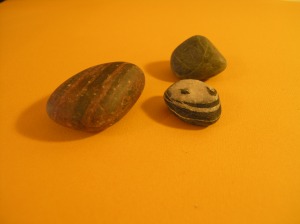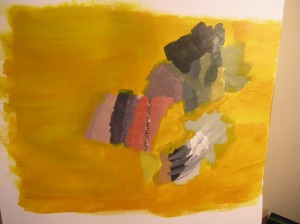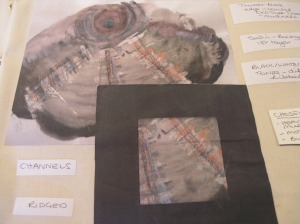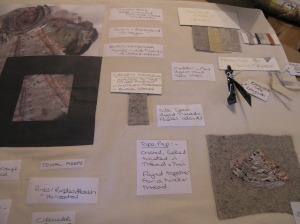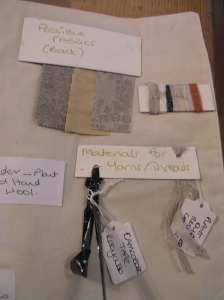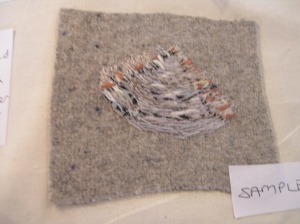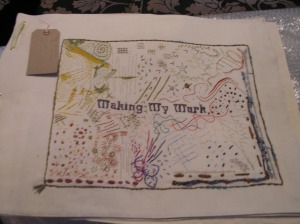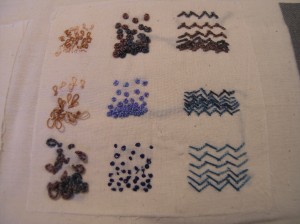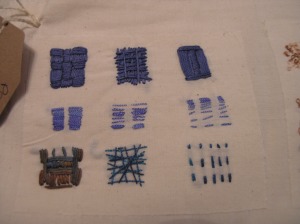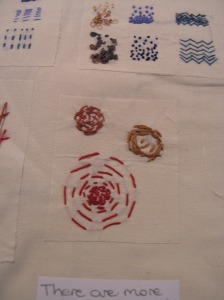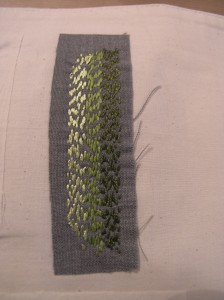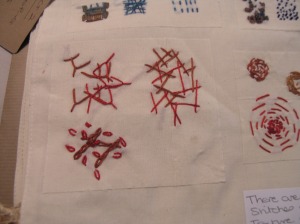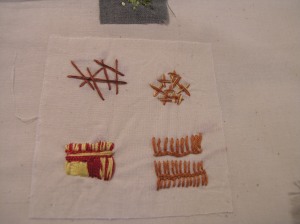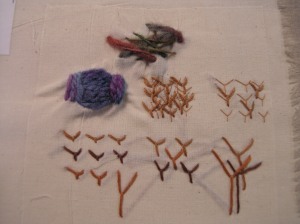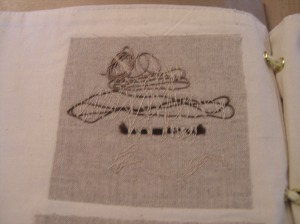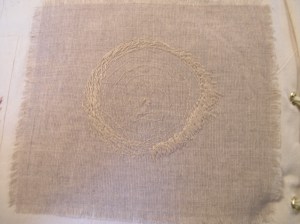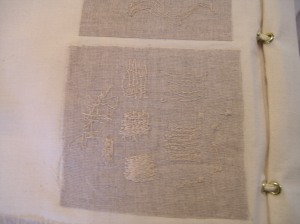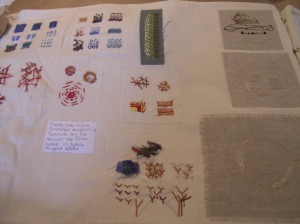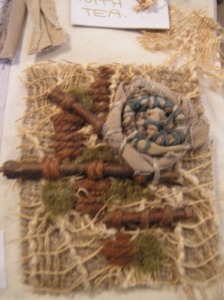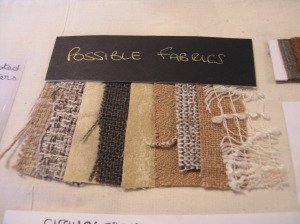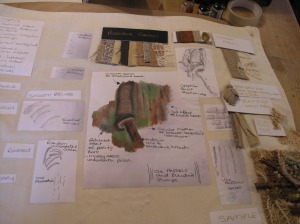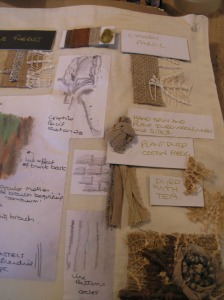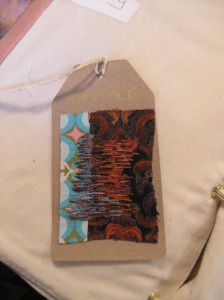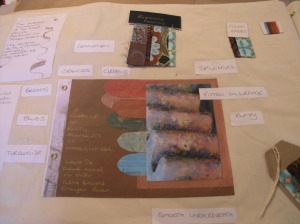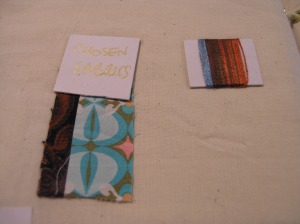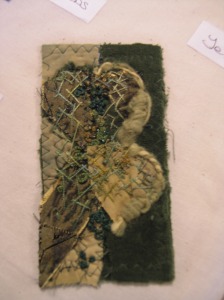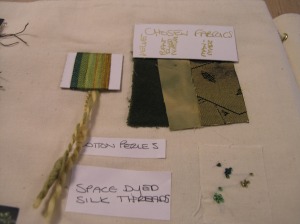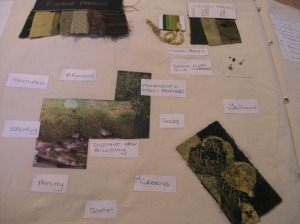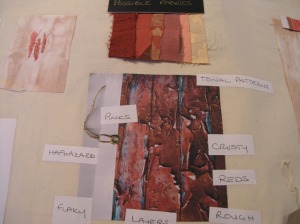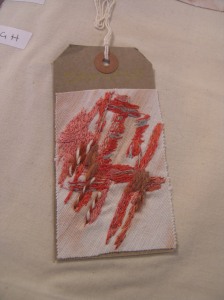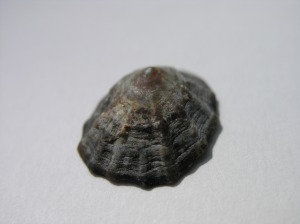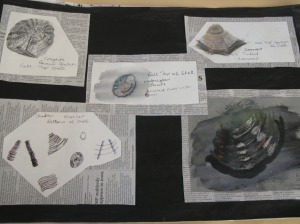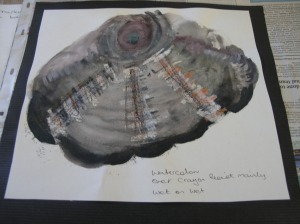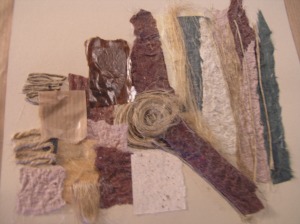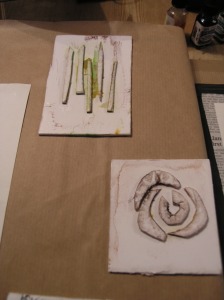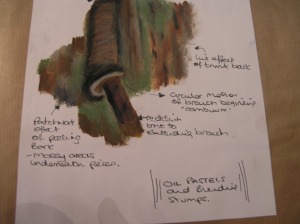Whilst an awareness of developing an idea for a theme later on in this course plays, dances in the background, certain things are becoming apparent to me. The things I am attracted too. The ‘themes’ that keep presenting themselves to me. I sometimes look for, feel drawn too or I fall into time and time again throughout my work.
In every way I can think of ‘layers’ are there. Emotional, physical, sensory and socially. The act of ‘peeling away’ the layers to find that what is hidden beneath. Is this course not a peeling away and a building up of layers to find the creativity, ideas and ways of working?
The change of the seasons has always fascinated me. The drama of winter yet for me the subtleties of spring and autumn that takes us to that drama. The sensory overload through the seasons. Even someone not to overcome with nature can find sensory connections to a season.
The seasons extend through other areas of life. Through age, work, marriage and relationships. We attach the ‘autumn of ‘ and ‘spring chicken’ to imply an age, a stage and we all appreciate the analogy. We are gardeners of life.
So for me a feel ‘themes’ are finding or have found me. It is for me to put them together personally, individualistically, creatively. I feel a real connection with this idea creatively but also personally. Life guides us, influences us but ultimately we can choose which bits have a greater impact. We also get to choose how we respond to it’s influence.


